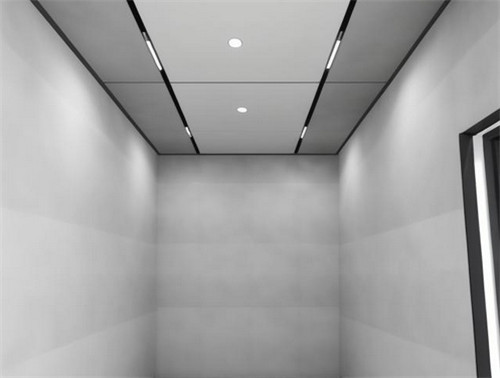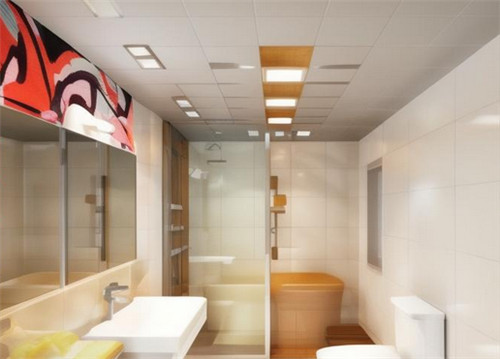
Home / Blog Center / Chargers / What to Do If There’s No Visible Leak in the Bathroom Ceiling
What to Do If There’s No Visible Leak in the Bathroom Ceiling
19/02/2025 | Hawkrown
Leaks in bathroom ceilings are a common issue that can cause significant disturbances in daily life. If not addressed promptly, leaks can impact the living environment. If there are signs of leaks on the walls or floor but none are visible in the ceiling, here’s what you can do.

What to Do If There’s No Visible Leak in the Bathroom Ceiling
1. Check Bathroom Fixtures
Firstly, if you notice leaks on the walls or floor of the bathroom without seeing any direct evidence in the ceiling, start by inspecting all the bathroom fixtures. Look for any damage or leaks in items such as faucets, bathtubs, toilets, and shower stalls. If you notice water dripping or leaking, you need to repair it immediately. If no leaks are found, the issue may stem from the drainage system, which would require further investigation.
2. Inspect the Drainage System
If all bathroom fixtures appear intact, the next step is to examine the drainage system. Start by checking the drainage pipes and the drain openings for any leaks. Also, investigate whether there are any clogs in the drainage. The drainage system is a crucial part of the bathroom—if it is leaking or blocked, it will prevent proper water discharge, leading to leakage issues. In this case, you need to clear the drainage and carry out repairs.
3. Examine the Bathroom Ceiling
If you’ve checked the drainage system and found nothing amiss, yet leaks persist on the walls or floor, it’s time to examine the bathroom ceiling. Sometimes, while the ceiling may not exhibit visible leaks, it could still be the source of moisture that leads to wall or floor leaks. This may occur if the ceiling's waterproofing has failed, allowing moisture to seep into the ceiling materials, resulting in leaks below. Therefore, it’s essential to inspect and repair the bathroom ceiling.

4. Repair the Bathroom Ceiling
If you identify issues with the bathroom ceiling, it’s important to address them promptly. Begin by cleaning any water-absorbing materials from the ceiling to remove any trapped moisture. Then, you can use waterproofing materials to re-coat the ceiling, enhancing its waterproof properties. If the ceiling material is damaged or aged, a replacement may be necessary.
In addition to timely inspections and repairs, regular maintenance is crucial to keep the bathroom dry. Employ dehumidifiers and ventilation equipment to improve air circulation and reduce humidity levels. Regularly check bathroom fixtures like faucets and shower stalls for leaks, and address any issues as they arise. Maintaining cleanliness in the bathroom will also help prevent contamination of water-absorbing materials, which could undermine their waterproofing capabilities.

Conclusion:
This concludes our discussion on addressing leaks in bathroom ceilings when they are not visibly apparent. While leaks in bathroom ceilings are common, they may not always present themselves directly. When you find signs of leaks on walls or floors without any visible issue in the ceiling, it’s important to systematically check and repair the problem. Start with the fixtures, then look at the drainage system, and finally inspect and repair the ceiling. Regular maintenance to keep the bathroom dry and clean will also help ensure a comfortable and healthy home environment. We hope these methods assist everyone in addressing bathroom ceiling leak issues promptly.


